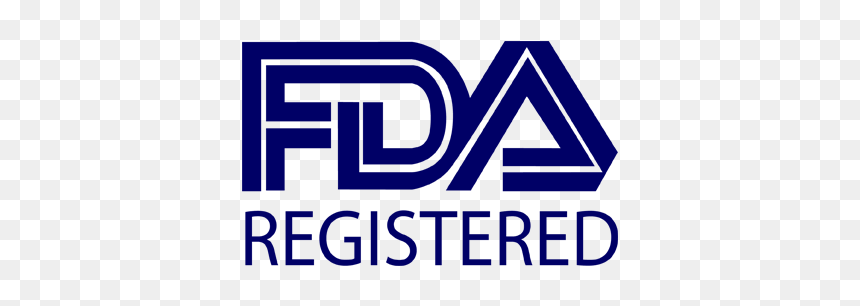The Food and Drug Administration (FDA) oversees cosmetic products to ensure consumer safety and proper labeling. Although cosmetics are not subject to pre-market approval like drugs, they must meet strict requirements to avoid being misbranded or adulterated. Manufacturers are responsible for ensuring their products and ingredients are safe under labeled or customary conditions. The FDA emphasizes that terms such as “natural” or “organic” are not officially defined for cosmetics, leaving the burden of accurate labeling on producers.
Key Requirements for Cosmetic Safety
Safety is a cornerstone of FDA cosmetic regulations. Companies must substantiate the safety of their products before they reach the market. This includes evaluating ingredients to avoid harmful substances or contaminants. Unlike drugs, the FDA does not mandate clinical testing for cosmetics. However, using unsafe or toxic ingredients can result in enforcement actions, including recalls. Firms are advised to follow good manufacturing practices (GMPs) to minimize risks and ensure quality.
Labeling Guidelines and Misbranding
The FDA requires proper labeling of cosmetic products to inform consumers and prevent deception. Labels must include a clear product identity, net contents, and an ingredient list in descending order of predominance. Claims made on the label, such as “anti-aging” or “acne treatment,” should not mislead consumers. Products making therapeutic claims may be classified as drugs, subjecting them to additional scrutiny. Correct labeling ensures compliance and builds consumer trust.
The Role of Color Additives
Color additives used in cosmetics are subject to FDA regulation and must be approved for their intended use. These additives undergo rigorous testing for safety and effectiveness. The FDA distinguishes between “certifiable” color additives, which require batch certification, and “exempt” additives, which do not. Manufacturers must adhere to these guidelines to avoid penalties. The misuse of color additives can lead to the product being considered adulterated.
Enforcement Actions and Penalties
The FDA takes enforcement seriously when cosmetic regulations are violated. Violations can include the use of prohibited ingredients, misleading claims, or contamination. The agency has the authority to issue warning letters, request recalls, and seize products. It can also take legal action against manufacturers or distributors. Regular inspections and consumer complaints guide the FDA’s enforcement strategies, ensuring public safety and maintaining industry accountability.fda cosmetic regulations

